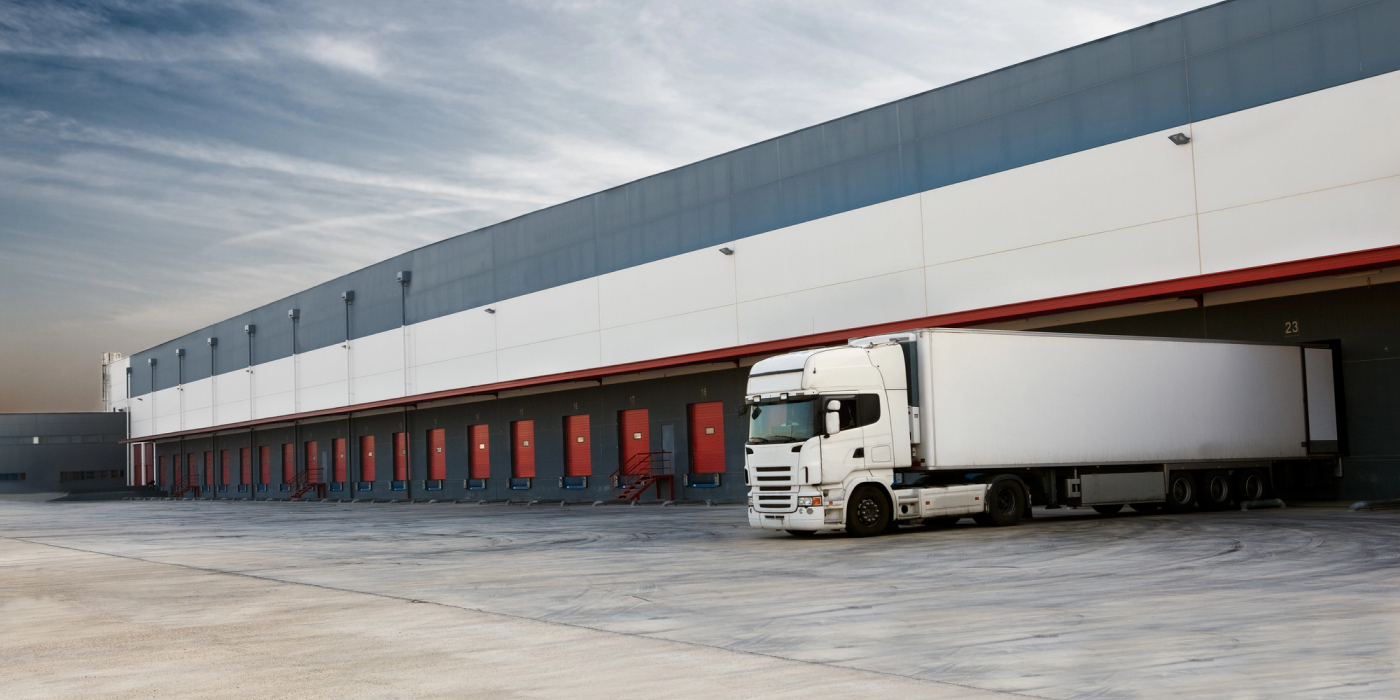4 Strategies for Reducing Freight Costs
Managing and reducing freight costs is essential for maintaining profitability and operational efficiency. Delivery expenses can significantly impact the bottom line, especially for businesses that rely heavily on logistics. Whether it’s global shipping or local deliveries, the costs involved in freight operations can escalate quickly due to factors such as fuel prices, labor costs, and regulatory compliance.
However, with strategic planning and the implementation of effective cost-reduction strategies, businesses can optimize their operations and achieve significant savings. Here’s a look at four strategies to reduce freight costs without compromising on service quality or efficiency.
Invest in Technology
Technology plays a pivotal role in streamlining operations and reducing costs. Investing in modern logistics technology can provide real-time visibility into freight operations and help identify areas where costs can be cut. Transportation management systems can help companies automate and optimize global freight logistics processes, track shipments, and provide detailed analytics. Analyzing historical delivery data can help identify patterns and areas where costs can be reduced.
Delivery management systems allow businesses to track, monitor, and manage local freight operations from a single centralized location. These systems help reduce manual errors, improve operational efficiency, and enhance communication through real-time visibility. Additionally, companies are increasingly investing in autonomous vehicles to automate freight deliveries. Autonomous trucks reduce the need for drivers and can operate 24/7 without breaks, maximizing asset utilization and shortening delivery times.

Optimize Route Planning
One of the most effective ways to cut costs in freight operations is through optimized route planning. Leveraging advanced logistics software can help companies identify the shortest and most fuel-efficient routes for deliveries. This not only reduces fuel consumption but also minimizes wear and tear on vehicles, leading to lower maintenance costs. Efficient routing helps in minimizing detours and avoiding traffic delays, which can lead to faster deliveries and lower labor costs.
Modern route optimization software can provide real-time adjustments based on changing conditions, such as traffic delays or urgent delivery requests. This flexibility ensures routes remain efficient throughout the delivery process. Route planning should accommodate priority shipments and time-sensitive deliveries, optimizing for both efficiency and customer needs. Planning routes considering the capacity of each vehicle maximizes resource utilization, reduces the need for multiple trips, and lowers transportation costs.
Reduce Empty Miles
Empty miles, where vehicles travel empty between delivery jobs, are a significant cost factor in freight operations. Reducing these can drastically cut fuel costs and improve operational efficiency. Consolidating deliveries can reduce empty miles by ensuring that vehicles carry full loads on both outbound and return trips. This strategy involves combining smaller deliveries bound for the same destination or route into a single larger delivery, reducing the number of trips required. Digital freight matching platforms help connect carriers with shippers who have loads to move in specific directions, maximizing vehicle capacity and reducing empty miles.
The digital freight matching market is set to grow from its current market value of more than $23.9 billion to over $101 billion by 2032, according to the latest study by Global Market Insights, Inc. The increasing demand for efficient and cost-effective freight transportation solutions is propelling the adoption of digital freight matching platforms. These platforms leverage technologies like artificial intelligence to match freight shipments with available carriers in real time for streamlining the logistics process.

Utilize Intermodal Transportation
Effectively integrating multiple modes of transportation into their freight operations, such as trucks, trains, ships, and airplanes, can help businesses optimize their supply chains to minimize costs and meet their unique logistical needs. For example, trains are often more cost-effective than trucks for long-distance hauls.
By using trains or ships for the long-haul portion of a delivery journey and trucks for the first and last miles, businesses can take advantage of the lower fuel costs associated with rail and marine transportation. Utilizing rail and marine routes can help companies avoid congested highways, leading to more predictable delivery times and fewer delays. This can translate into lower costs related to driver hours and fuel wasted in traffic.
Reducing freight costs requires a comprehensive approach that combines technology, strategic planning, and continuously evaluating and refining processes. By implementing these strategies, businesses can not only reduce expenses but also enhance operational efficiency, leading to improved productivity and profitability.
For more information about how our delivery management solution can help you manage your deliveries more efficiently, please contact info@www.bringoz.com.
